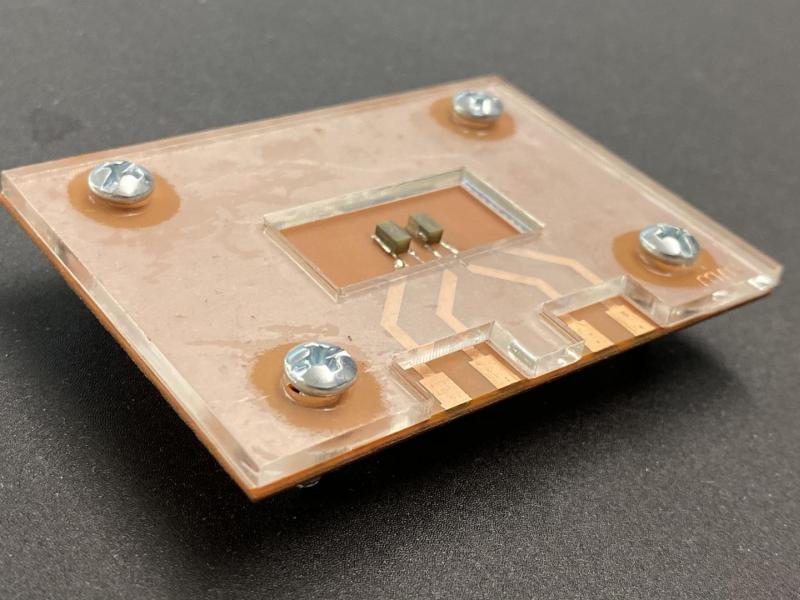Scientists have designed a device that uses sound waves to detect cancer invasion. The device sends sound waves through the structure surrounding cells called the extracellular matrix. The stiffness of the extracellular matrix can then be measured. Stiffening of the extracellular matrix can indicate cancer is invading other tissue.
The device was developed by engineers at Purdue University. The device is described in a study published in the journal Lab on a Chip.
Using Sound Waves
“It’s the same concept as checking for damage in an airplane wing. There’s a sound wave propagating through the material and a receiver on the other side. The way that the wave propagates can indicate if there’s any damage or defect without affecting the material itself,” said Rahim Rahimi, one of the researchers.
The Extracellular Matrix
Every organ and tissue in our body is surrounded by a unique extracellular matrix. There are also various components in the extracellular matrix. Studies in the past have tried to measure the stiffness of the extracellular matrix by stretching, compression or using chemicals. However, these methods often end up damaging the extracellular matrix.
Lab-on-a-Chip
Rahimi’s team developed a nondestructive way to study how the extracellular matrix responds to disease, toxic substances or therapeutic drugs. Their device is like a “lab-on-a-chip” and consists of a transmitter and receiver. The extracellular matrix containing the cells in poured into a platform on the device. The transmitter sends an ultrasonic wave through the extracellular matrix and the receiver picks up the wave. The resulting output is an electrical signal that indicates the stiffness of the extracellular matrix.
The device can also be scaled up to run multiple samples at once. This can allow researchers to look at many samples simultaneously and to observe different aspects of a disease simultaneously.

